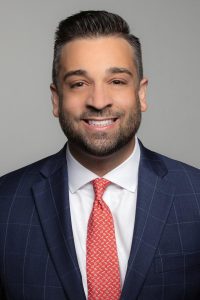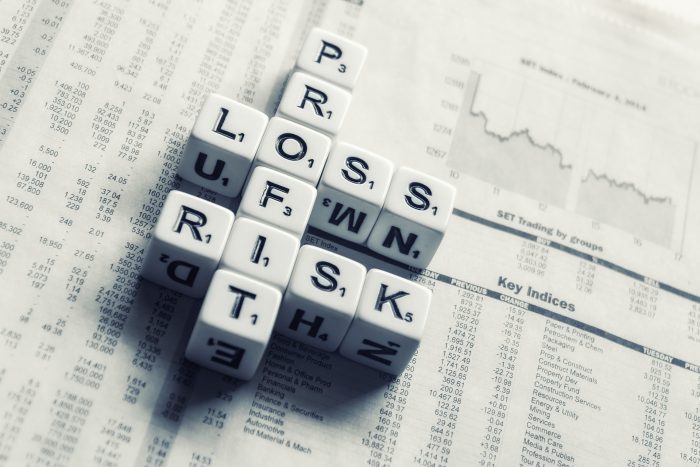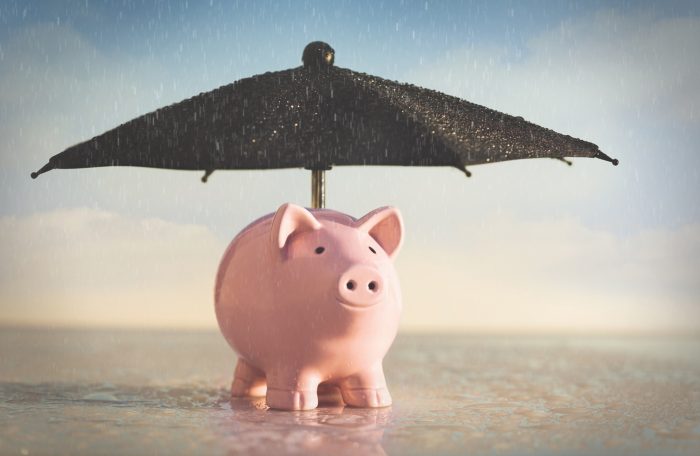By Michael Christodoulou

As an investor, your own decisions will be the biggest factor in your success. Nonetheless, you’ll always want to consider the potential power of external events. And today is no different — with the lingering effects of the pandemic, the geopolitical situation in Ukraine, the impact of inflation and the rise in interest rates, you might be grappling with feelings of uneasiness. How should you respond?
First of all, remember that the financial markets have shown great resilience through wars, recessions, natural disasters and political crises — events as serious as what’s going on now.
Nonetheless, you could still feel some discomfort when you’re bombarded by anxiety-producing news of the day. But you don’t have to go it alone. Many people have found support and guidance from a financial professional to be especially valuable in turbulent times.
In fact, more than three-fourths of investors who work with a financial advisor are very or somewhat confident in their knowledge of the impact on the economy on their financial situations, according to a recent survey from Morning Consult, a research and data analysis company. By comparison, the same survey found that only about half of the adults in the general population have this degree of confidence.
Specifically, a financial professional can help you:
Reduce the tendency toward emotion-driven investing. It’s usually not a good idea to let emotions be a primary driver of your investment decisions. For example, if you let fear drive your choices, you could end up selling quality investments — ones that still have good prospects and are still suitable for your needs — when their prices have fallen, just to “cut losses.” A financial professional can help you make informed moves appropriate for your goals.
Put investment results in context. You may wonder why your investment portfolio’s performance doesn’t track that of a major index, such as the S&P 500. But if you maintain a diversified portfolio — and you should — you’ll own investments that fall outside any single index. So, instead of using an index as a benchmark, you should assess whether your portfolio’s performance is keeping you on track toward your individual goals. A financial professional can help you with this task and suggest appropriate changes if it appears you are falling behind.
Recognize investment trends and patterns. If you invest for several decades, you’ll likely see all kinds of event in the financial markets. You’ll see “corrections,” in which investment prices fall 10 percent or more in a short period of time, you’ll see “bear markets,” in which the downturn is even greater, and you’ll see bull markets, in which prices can rise, more or less steadily, for years at a time. A financial professional can help you recognize these trends and patterns — and this knowledge can make it much easier for you to maintain a long-term perspective, which lead to informed decision-making.
Gain feelings of control. Most important of all, a financial professional can enable you to gain a feeling of control over your future by helping you identify your important goals and recommending strategies for achieving them.
The world, and the financial markets, will always be full of events that can be unsettling to investors. But by getting the help you need, you can reduce the stress from your investment experience — and you’ll find it’s easier to keep moving in the direction you want to go.
Michael Christodoulou, ChFC®, AAMS®, CRPC®, CRPS® is a Financial Advisor for Edward Jones in Stony Brook. Member SIPC.














